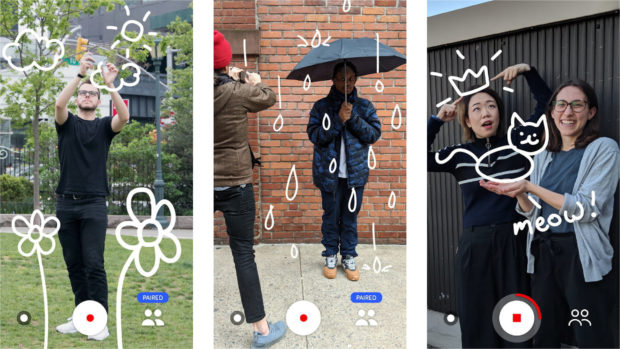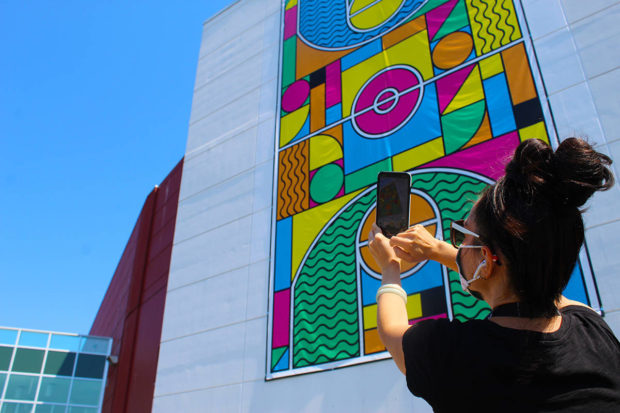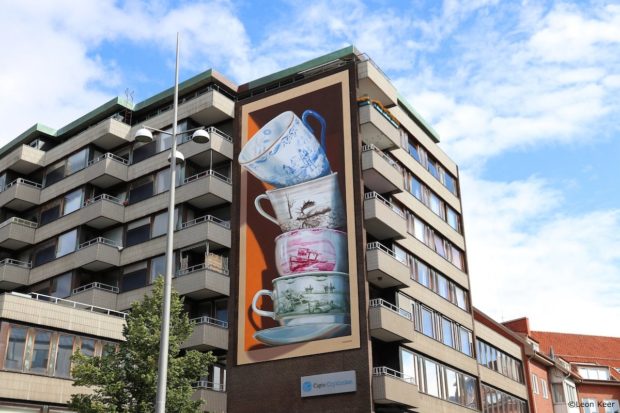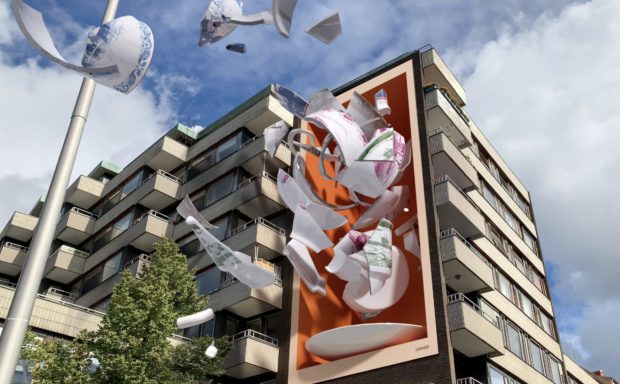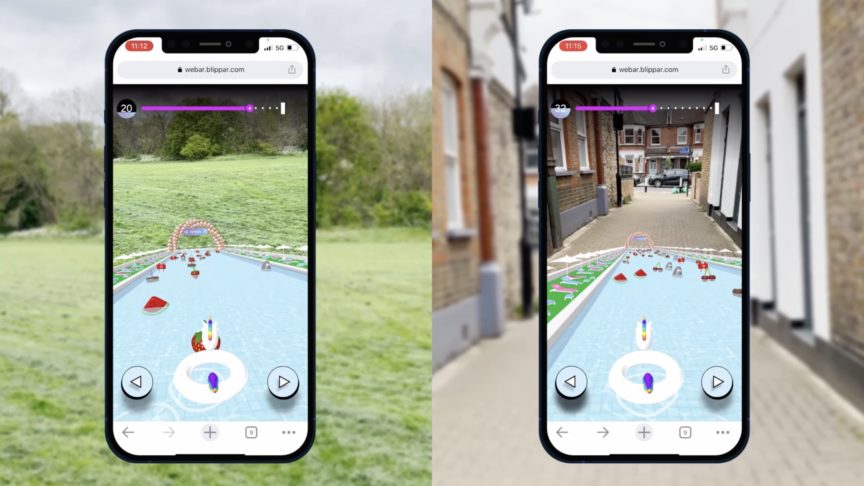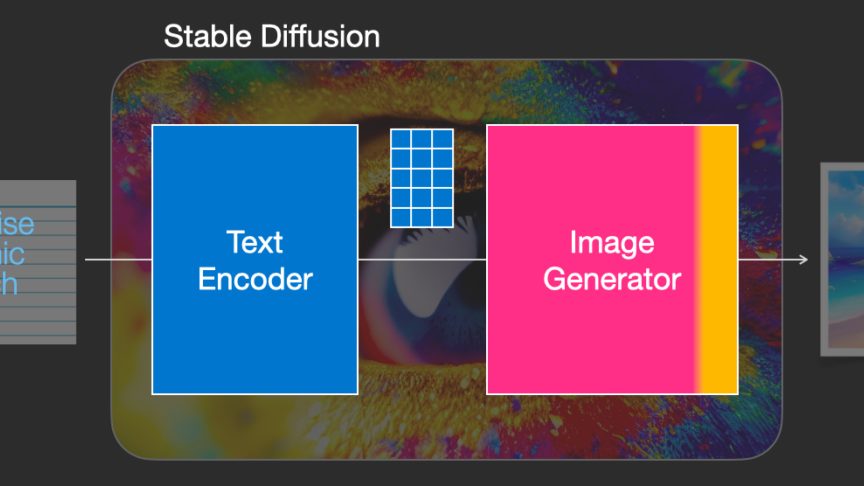We explore the positive implications of AR on user innovation and creativity.
While it is widely regarded that AR is a progressive medium, we want to go one step further and consider the positive impact of the technology on the user’s state of mind.
When testing out an AR experience, users are presented with a view of either themselves, their own environment, or other people (and sometimes all three at once). As such, due to the technology impacting a version of their actual surroundings, there is a correlation between AR and user innovation, as the human instinct is to create and improve within our own environment.
AR experiences allow users to remain who and where they are – retaining a sense of presence and self-identity that is typically lessened in the use of other media.
From a technical perspective, augmented reality ‘adds to’ the user’s physical environment. From a user perspective, augmented reality ‘adds to’ the value that they already associate with the people, places, and things that surround them.
Augmenting People
One of the driving forces behind many augmented reality experiences is the significance placed on personal nature. These experiences don’t visually replace users or entirely cover them up, but instead invite us to see ourselves and one another in a new way.
By literally leaving the user in the picture, augmented reality creates experiences that people want to contribute to positively, and share publicly. Even those augmented reality experiences that don’t offer ‘face effects’ allow users to share personalised experiences that are not possible in VR. That includes recording and image capture as well as simply passing the device around, or, in the case of several newly developed experiences, two-player AR games. The usage of AR across mobile devices and headsets, in addition to web over apps, means that augmented reality has low friction even with multiple viewers.
Remaining visible in organically shared experiences also encourages users to interact with the campaigns in a positive way. This is one of the many reasons that ‘bad actors’ are so rare in AR experiences and activation, in comparison to other emerging and legacy technologies.
A visitor interacts with a one-of-a-kind art piece (Megan Atkins-Baker)
Augmenting Places
Augmented reality experiences are also personally significant to a user as they are layered onto their own environment, as opposed to mapping out a completely virtual environment. Many people take pride in their surroundings, whether they are curated indoor spaces, recognisable public spaces, or places that are still largely untouched by human development.
People are typically interested in using augmented reality to build, improve upon or otherwise beautify their surroundings. Reliance on an individual’s physical shared environment may be part of why AR isn’t plagued by the community problems that VR is continually faced with. Connection to a real environment may remind us of the real impact of our behaviour therein.
Even experiences viewed through a mobile device which don’t incorporate the viewer’s surroundings are engaging and, again, social in ways that are difficult in other mediums. In addition to shareability, mobile-based AR experiences are incredibly accessible and, when designed well, can be very easy to use.
AR mural by Leon Keer painted in Helsingborg, Sweden.
Keer collaborated with augmented reality designer Joost Spek to make the artwork interactive.
Augmenting Things
We don’t only value people and places – we also value things. This is much of the reason that connected packaging has been so successful in AR-fueled marketing and retail campaigns.
People buy items that fit their needs and desires, thus bringing them closer to the suppliers of those items. This is the foundation of brand loyalty. While people don’t generally appreciate a brand asserting itself, we are more than willing to promote brands that are meaningful to us. This is nothing new. Think about branded apparel, stationery, commemorative plush toys!
When talking about emerging technologies, it’s easy to think that everything about the world as it is – or as it was before – is necessarily outdated. But this is seldom the case. We love XR for its ability to allow us to experience things that we would never or could never do in real life. However, most of the things people want to do in XR are XR versions of things that we were already doing.
Connected packaging isn’t only valuable when it provides some kind of digital kids’ meal toy, or a face filter that gives the user a virtual hat. Connected packaging can add value to the product itself, by providing information about where to buy or how to use the product.
In summary, AR not only inspires positive engagement, but also encourages boundless creative interaction and personal development.

